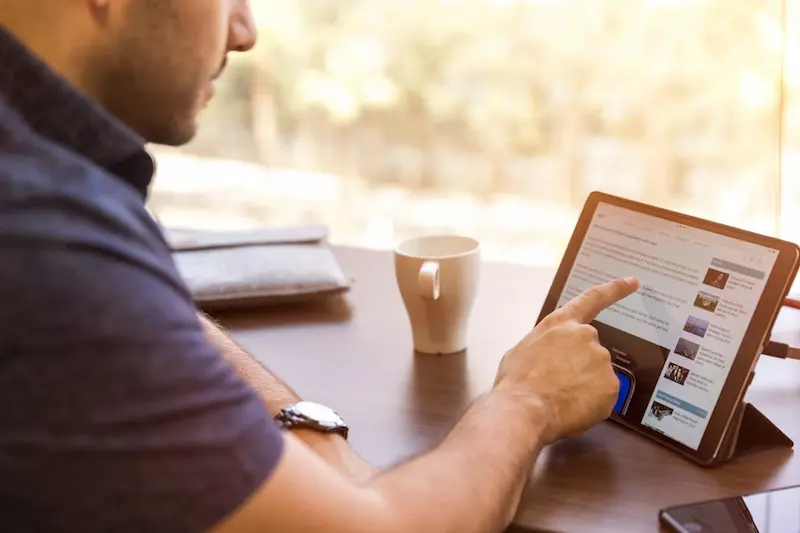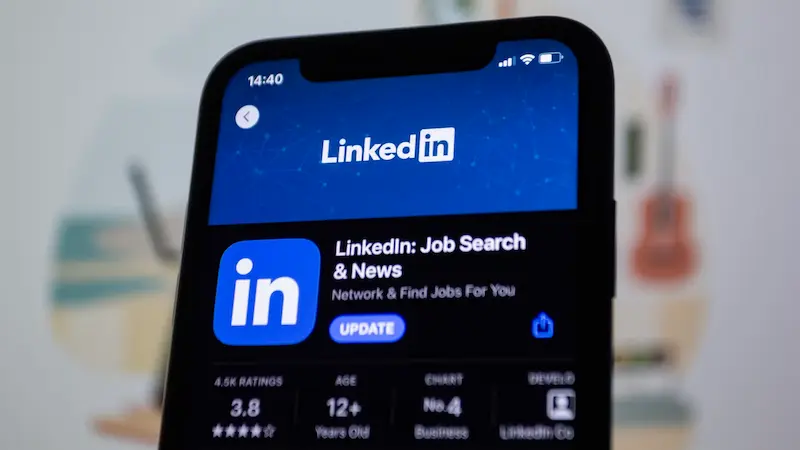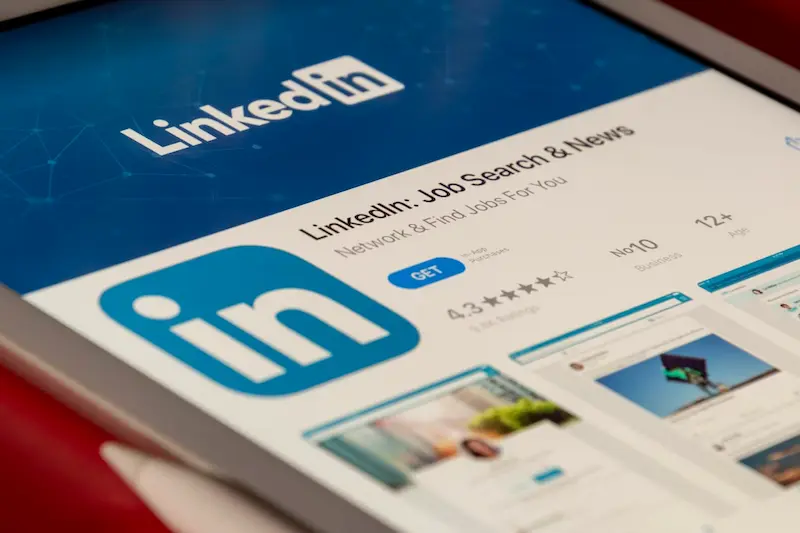
LinkedIn displays small numbers like 1st, 2nd, or 3rd next to people’s names, and many professionals wonder what they actually mean. These labels are not random; they indicate how closely you are connected to others on the platform and play a key role in networking strategy, messaging, and engagement.
The question “what does 1st 2nd and 3rd mean on LinkedIn” is common among users of all experience levels. Understanding these connection degrees helps you identify who you can message directly, who requires an introduction, and how to strategically expand your professional network.
This article will explain each connection degree in detail, show how to view mutual connections, and provide practical strategies to make the most of LinkedIn’s networking opportunities. By the end, you will have a clear understanding of how to use connection degrees to grow your professional reach effectively.
Table of Contents
Understanding LinkedIn’s Connection Degrees
LinkedIn organizes your network into levels, often called connection degrees. These indicate how directly you are connected to another professional and help maintain structured communication across the platform.
1st-Degree Connections
Your 1st-degree connections are professionals you’ve directly connected with. They may include colleagues, former classmates, business partners, or professionals you’ve met at events. With 1st-degree connections, you can:
- Send messages freely without restrictions
- View most profile details, including contact information (if shared)
- Engage with their posts, comments, and updates
Having a strong 1st-degree network is essential because these connections form the foundation for building broader relationships. LinkedIn allows up to 30,000 1st-degree connections, making it important to focus on meaningful relationships rather than simply increasing numbers.
2nd-Degree Connections
2nd-degree connections are professionals linked to your 1st-degree contacts. A small “2nd” label appears next to their name, signaling that you share at least one mutual connection.
With 2nd-degree connections, you can:
- View limited profile information
- Send a connection request to grow your network
- Use LinkedIn Premium InMail for direct messaging
- Identify mutual contacts to request introductions
These connections are valuable because they are already indirectly linked to you, which increases the likelihood of a positive response when you reach out. Many LinkedIn users aim to convert 2nd-degree connections into 1st-degree relationships by sending personalized requests or leveraging mutual connections.
3rd-Degree Connections
3rd-degree connections are one step further removed—they are connected to your 2nd-degree contacts. They display a “3rd” label, and profile visibility is often limited. Messaging them directly usually requires LinkedIn Premium or a carefully crafted connection request.
These connections are often untapped opportunities for networking, collaborations, and business growth. While it may require more effort to reach 3rd-degree connections, engaging with shared content, joining relevant groups, or requesting introductions through mutual connections can increase your success rate.
How to See Mutual Connections on LinkedIn 2nd-Degree
One of the most powerful LinkedIn features is the ability to see mutual connections when viewing 2nd-degree profiles. This insight allows you to leverage existing relationships to create stronger, more trusted connections.
Steps to Identify Mutual Connections
- Visit the Profile: Open the 2nd-degree contact’s LinkedIn profile.
- Look for “Mutual Connections”: LinkedIn displays a section showing shared 1st-degree contacts.
- Request an Introduction: If appropriate, ask your mutual connection to introduce you professionally. Include a clear, personalized message explaining why you want to connect.
- Engage First: Before requesting an introduction, engage with the 2nd-degree contact’s content. Like, comment, or share posts to warm up the connection and make your request more credible.
Leveraging mutual connections is one of the most effective ways to expand your network, gain credibility, and start meaningful professional conversations on LinkedIn.
Out of Network and Beyond
Sometimes, you will see profiles without 1st, 2nd, or 3rd labels. These are often labeled as “LinkedIn Member” or considered out-of-network. These users are beyond your immediate network, and profile visibility is limited.
You can still connect with out-of-network professionals if:
- You share a LinkedIn group or community
- Their privacy settings allow connection requests from everyone
- You use LinkedIn Premium to send InMail messages
Out-of-network users are less accessible, but by strengthening your 1st and 2nd-degree connections, you can gradually expand your reach and eventually connect with these professionals.
Why Knowing Connection Degrees is Important
Understanding what does 1st 2nd and 3rd mean on LinkedIn goes beyond definitions. It informs how you communicate, engage, and plan your networking strategy.
Key benefits include:
- Messaging Strategy: Know who you can message directly and who requires an introduction.
- Profile Visibility: Determines how much information you can access about someone’s professional background.
- Networking Efficiency: Helps prioritize connection requests and leverage mutual contacts.
- Content Engagement: Posts from 1st-degree connections appear first in your feed, but engaging meaningfully can increase visibility to 2nd and 3rd-degree connections.
Knowing exactly what does 1st 2nd and 3rd mean on LinkedIn helps you understand who to message, how to connect, and how to use your network wisely.
How to Use This Knowledge to Grow Your LinkedIn Network
To maximize LinkedIn’s potential, consider the following strategies:
- Personalize Connection Requests: Always include a note explaining why you want to connect, especially with 2nd and 3rd-degree contacts.
- Ask for Introductions: Leverage mutual connections to request introductions, which increases trust and acceptance rates.
- Use InMail Wisely: LinkedIn Premium users can send direct messages outside their network, focus on professionalism and relevance.
- Engage with Content: Interacting with posts from 2nd and 3rd-degree connections increases visibility and opens opportunities for organic connections.
- Participate in Groups and Events: Join groups relevant to your industry and attend virtual events to meet professionals beyond your immediate network.
Applying these strategies ensures your network grows meaningfully and your LinkedIn interactions remain professional and effective.
Wrapping Up
Understanding what does 1st 2nd and 3rd mean on LinkedIn allows you to approach networking with intention and clarity. These labels define how connected you are to others, what level of communication is possible, and which strategies are most effective to grow your network.
By leveraging mutual connections, personalizing requests, and engaging thoughtfully with 2nd and 3rd-degree contacts, you can transform your LinkedIn profile into a powerful professional tool. Remember, meaningful connections are far more valuable than numbers, and understanding these degrees helps you focus on quality, engagement, and long-term professional relationships.
Frequently Asked Questions (FAQs)
Q1. What does 1st mean on LinkedIn?
Indicates a direct connection with no barriers to messaging or profile visibility.
Q2. What does 2nd mean on LinkedIn?
Shows you share a mutual 1st-degree connection; you may request a connection or use InMail.
Q3. What does 3rd mean on LinkedIn?
Represents a connection through your 2nd-degree network. Messaging may require LinkedIn Premium or a connection request.
Q4. Can I see mutual connections for 2nd-degree contacts?
Yes, LinkedIn shows mutual connections under their profile, which can be used to request introductions.
Q5. What does “LinkedIn Member” mean?
The person is outside your immediate network, and visibility is limited.
RELATED ARTICLES
Latest Articles
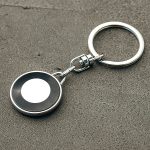 The Power of Custom Metal Keyrings in Bu…In Tips
The Power of Custom Metal Keyrings in Bu…In Tips TimeForge Login Guide: Easy Access, Mobi…In General
TimeForge Login Guide: Easy Access, Mobi…In General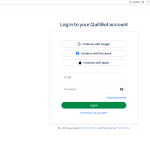 QuillBot Login Guide: Free & Premiu…In General
QuillBot Login Guide: Free & Premiu…In General Short Funny Sarcastic Work Quotes to Bri…In General
Short Funny Sarcastic Work Quotes to Bri…In General How to Stay Safe Online in the Digital A…In Technology
How to Stay Safe Online in the Digital A…In Technology When Does Hanukkah Start 2025 and How to…In General
When Does Hanukkah Start 2025 and How to…In General How Cannabis Goes Bad and How to Stop ItIn General
How Cannabis Goes Bad and How to Stop ItIn General Tuna Soundboard Tips: Create, Customize …In General
Tuna Soundboard Tips: Create, Customize …In General
stopie.com is a participant in the Amazon Services LLC Associates Program, an affiliate advertising program designed to provide a means for sites to earn advertising fees by advertising and linking to Amazon.com.
Clicking on an Amazon link from stopie.com does not increase the cost of any item you purchase.
We will only ever link to Amazon products that we think our visitors may be interested in and appreciate learning more about.

